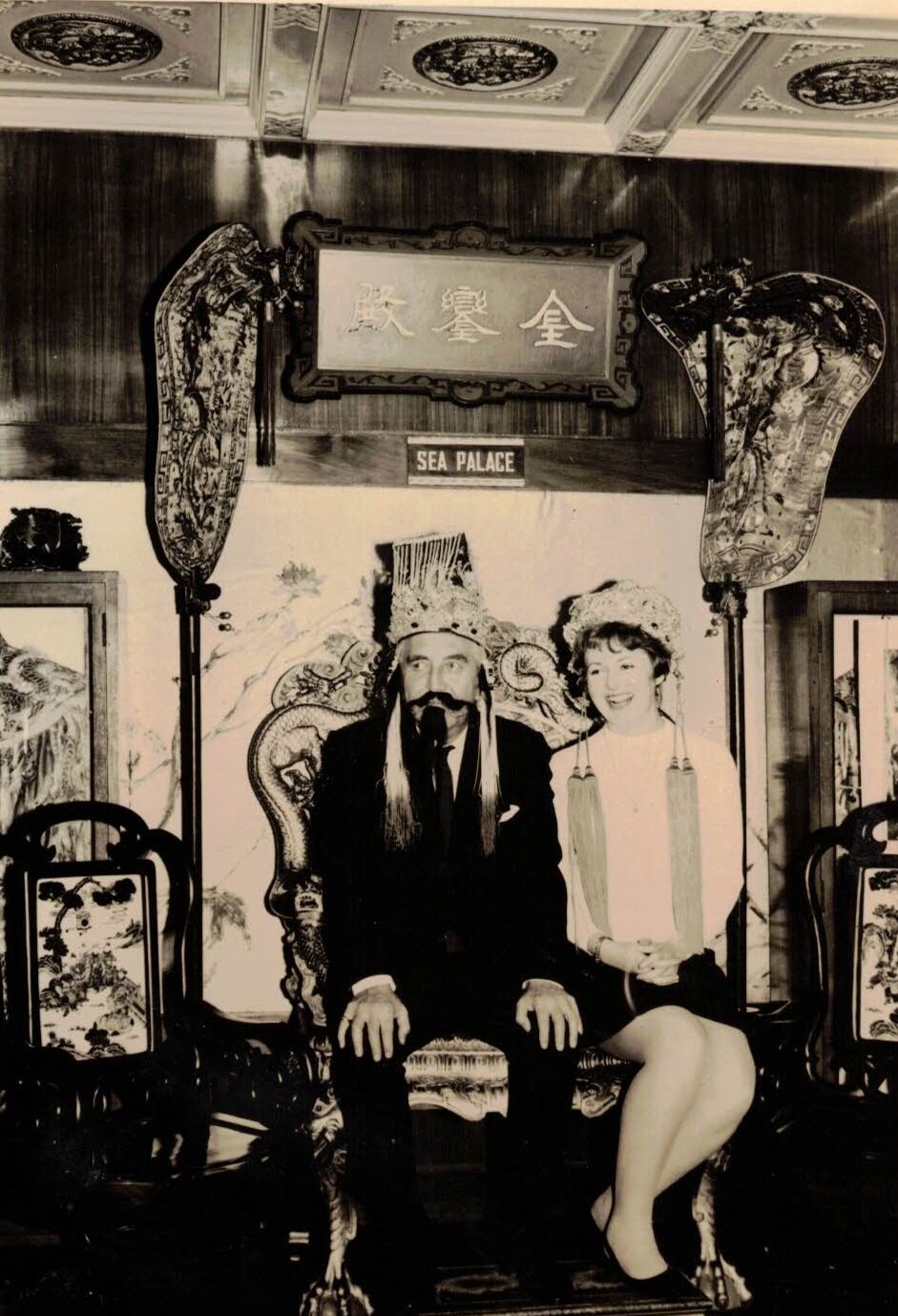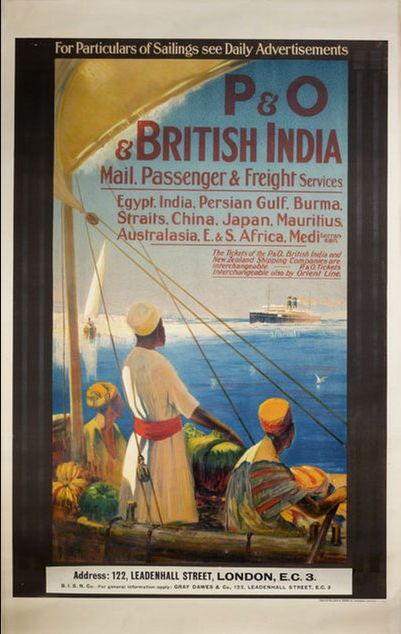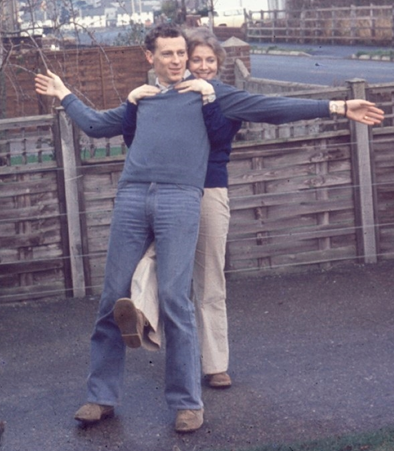Memories of The Sea Palace
/The Sea Palace lights up Aberdeen Harbour in the 1960s. Hong Kong.
I’ve had two visits to Hong Kong this year, 2019, promoting the local edition of my memoir, The Hong Kong Letters, published by Hong Kong’s own Blacksmith Books.
I sank back into Hong Kong with a familiarity and an affection that really took me by surprise. Hong Kong has changed enormously as we all know and the pace of that change has accelerated with the current volatility. While its spectacular harbour and the march of high-rise up Victoria Peak is so iconic, Hong Kong’s real essence rests with the people. Polite and solicitous, Hongkongers have defined themselves as a brand. Over the course of its history, Chinese from the mainland arrived to join those already in the territory, and have adopted an unusual lineage as part of their own.
Aberdeen - the original ‘Fragrant Harbour’
There were many places that I wanted to get back to and one of those was Aberdeen. It was such an extraordinary place in the 1960s, I might have hesitated fearing the change. But on my visits this year I realised that I could not complain that the Hong Kong that I rememered was not the same for neither am I. And I found I could treasure my memories without sacrificing my curiosity for the present. I didn’t visit Aberdeen in the end because I simply ran out of time.
Aberdeen harbour, fishing port and home to the Tanka boat people, was one of the most colourful places to visit in the 1960s. The Tanka had perfected a long established and elaborate tradition of living well afloat.
Aberdeen Harbour scene from Love is a Many-Splendored Thing
The famous floating restaurants
Like many foreigners, my initial visit to Aberdeen was to dine on one of two famous floating restaurants. Film directors too could rarely resist that scene, where prosperity and paucity coincided with such picturesque charm. And that’s wonderful because unusually for the time, they shot the Aberdeen scenes on location and we can be transported back to visit the extraordinary lifestyle of the people who lived among the sprawling maze of planks and ropes that joined small junks and sampans moored in the shadow of the magnificent fishing fleet which swung at anchor in the deeper water.
It was October 1968 when I had my first dinner at The Sea Palace. The floating hulk had been built in the 1950s and was a restaurant for fifty years. It had been designed with the famous Marble Boat, at the Summer Palace in Peking*, in mind. My boss, Patrick O’Neil-Dunne, (known as P-O-D) insisted that The Sea Palace had better food as demonstrated by the greater number of Chinese patrons and fewer tourists than frequented its competitor, the Tai Pak Floating Restaurant.
The journey to The Sea Palace was part of the experience
It was early evening when a woman in black wearing her traditional straw Hakka hat, propelled us across Aberdeen harbour using a bamboo steering pole. The tiny sampan was home to her whole family. A small girl ignored us, concentrating on her homework, while washing hung on lines strung round the craft. When we reached The Sea Palace, completely covered in lights, its bulk dwarfed our sampan and its tiny lantern. I watched while the sampan turned and soon was swallowed up in the busy harbour.
POD took my arm, “Come on, we’ll get another sampan ride home,” and ushered me toward the waiters, impatient for us to start make the selection for our meal. There was no menu, they simply hauled battered rattan baskets up over the side from the sea below. We had to select from fish, crabs, rainbow lobster, octopus, eels and crayfish. I was overwhelmed by that idea, so POD took charge and ordered our party an enormous quantity of seafood. His choices were tossed into a basket with our table number.
The whole meal was accompanied by warm rice wine. And afterwards POD, keen to make my first visit memorable, insisted that the restaurant’s time-honoured photos were taken, escorting me to the ‘throne’.
I put these up recently on a Hong Kong in the 60s Facebook page and received some wonderful comments including one where it was recommended never to wear the beard which never got washed!
I will go back to Hong Kong and next time I will visit Aberdeen. I’m not sure I will go to the new JUMBO Kingdom Floating Restaurant with it's seating for 700 diners. I might find somewhere a little less flamboyant without POD to call the shots.
* At the time The Sea Palace was designed, Beijing was still more commonly referred to by the old name Peking.



































![20190831_091833[1].jpg](https://images.squarespace-cdn.com/content/v1/5600d12ae4b088bb5b7e347e/1567608079196-7ELNNFAOU9NIARLD2K9Z/20190831_091833%5B1%5D.jpg)
